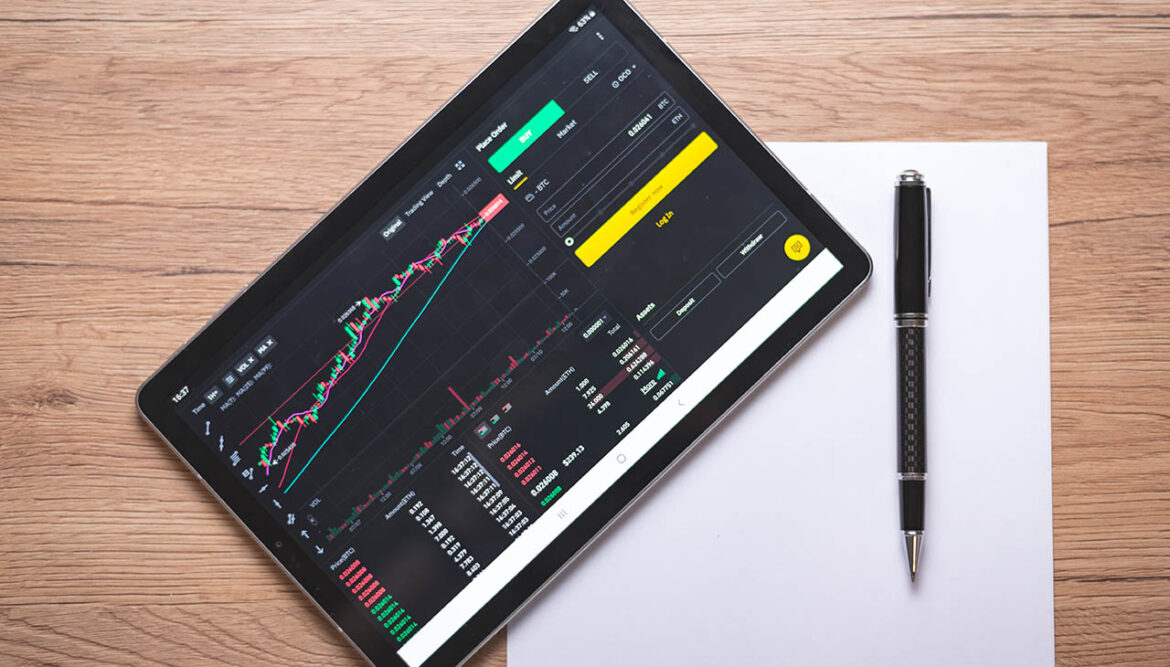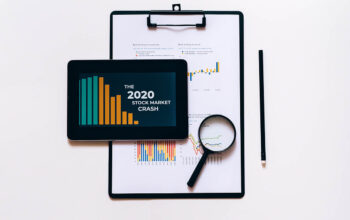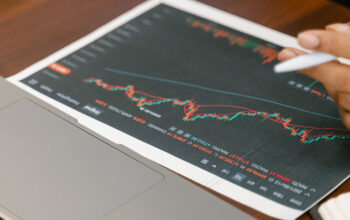Forex trading, short for foreign exchange trading, is the buying and selling of currencies to make a profit. High-yield forex trading refers to a strategy that involves taking on higher risks in order to achieve greater returns. While high-yield trading can be lucrative, it comes with its own set of challenges. In this article, we’ll explore the secrets of high-yield forex trading, including the strategies, tools, and common mistakes to avoid. Whether you’re an experienced trader looking to up your game or a beginner looking to dip your toes into forex trading, this guide will provide you with valuable insights into the world of high-yield forex trading.
Understanding High-Yield Forex Trading
High-yield forex trading is a strategy that aims to generate higher returns by taking on greater risks. This can involve trading in more volatile currencies or using leverage to increase the size of trades. However, it’s important to note that high-yield trading comes with its own set of risks, including the potential for significant losses.
One of the benefits of high-yield forex trading is the potential for greater returns than traditional forex trading. By taking on higher risks, traders can make larger profits if they are successful in their trades. Additionally, high-yield trading can be more exciting and challenging for traders who are looking for a more active trading experience.
However, high-yield forex trading is not without its downsides. The risks associated with high-yield trading are much greater than those associated with traditional forex trading. This means that traders need to be prepared to handle potential losses and have a solid risk management strategy in place.
Factors that can affect high-yield forex trading include market volatility, global economic conditions, and political events. Traders need to stay up-to-date on these factors and adjust their trading strategies accordingly.
Overall, high-yield forex trading can be a powerful strategy for generating higher returns, but it requires careful planning, risk management, and a thorough understanding of the markets.
Strategies for High-Yield Forex Trading
There are several strategies that traders can use to engage in high-yield forex trading. These strategies include:
- Technical analysis: This involves using charts and technical indicators to identify trading opportunities. Traders can analyze patterns and trends in data to make predictions about future market movements.
- Fundamental analysis: This involves analyzing economic and political factors that can impact the value of currencies. By staying up-to-date on global news and events, traders can predict how these factors will impact currency values and adjust their trades accordingly.
- Risk management techniques: High-yield trading comes with higher risks, so it’s important to have a solid risk management strategy in place. This can include using stop-loss orders, limiting trade sizes, and diversifying your portfolio.
- Trading psychology: This involves managing emotions and mindset when engaging in high-yield forex trading. Traders must remain disciplined, patient, and focused on their goals.
It’s important to note that there is no one-size-fits-all strategy for high-yield forex trading. Each trader must develop a strategy that fits their individual goals, risk tolerance, and trading style. By experimenting with different strategies and finding what works best, traders can increase their chances of success in high-yield forex trading.
Tools for High-Yield Forex Trading
There are several tools that traders can use to engage in high-yield forex trading. These tools include:
- Forex indicators: These are tools that provide insights into market movements and help traders make more informed decisions. Indicators such as moving averages, Bollinger Bands, and MACD can help traders identify trends and patterns in currency values.
- Trading platforms: These are software programs that allow traders to access the forex market and execute trades. Popular trading platforms include MetaTrader and cTrader.
- News sources: Staying up-to-date on global news and events is crucial for high-yield forex trading. Traders can use news sources such as Bloomberg, Reuters, and CNBC to stay informed about economic, political, and social developments that can impact currency values.
- Economic calendars: These provide information about upcoming economic events and data releases that can influence currency values. Traders can use economic calendars to plan their trades around these events and adjust their strategies accordingly.
- Trading journals: Keeping a record of trades and analyzing performance is important for improving trading skills. Trading journals can help traders identify patterns and trends in their trading behavior and adjust their strategies accordingly.
By using these tools, traders can gain valuable insights into the forex market and make more informed decisions about their trades. However, it’s important to remember that tools are only one part of a successful trading strategy. Traders must also have a solid understanding of market dynamics, risk management techniques, and trading psychology.
Common Mistakes to Avoid in High-Yield Forex Trading
When engaging in high-yield forex trading, there are several common mistakes that traders should avoid. These mistakes include:
- Overtrading: This is when traders trade too frequently, often in response to emotions rather than market analysis. Overtrading can lead to excessive losses and can be detrimental to long-term profitability.
- Failing to use stop-loss orders: Stop-loss orders set a limit on potential losses by automatically closing positions if the market moves against the trader. Without stop-loss orders, traders risk losing more than they can afford.
- Ignoring economic news: Economic news and events can have a significant impact on currency values. Traders who fail to stay up-to-date on economic developments may miss out on profitable trading opportunities or make trades that are based on outdated information.
- Emotional trading: Emotions such as fear, greed, and anxiety can lead to impulsive and irrational trading decisions. Successful traders must learn to manage their emotions and stick to their trading strategies even during times of market volatility.
Overall, avoiding these common mistakes requires discipline, patience, and a thorough understanding of market dynamics. By staying focused on their goals and avoiding unnecessary risks, traders can increase their chances of success in high-yield forex trading.
Conclusion
In conclusion, high-yield forex trading can be a powerful strategy for generating higher returns, but it comes with its own set of challenges. Traders who engage in high-yield trading must be prepared to handle greater risks and have solid strategies in place for risk management and decision-making.
Successful high-yield traders use a combination of technical and fundamental analysis, risk management techniques, and trading psychology to make informed decisions about their trades. They also use tools such as forex indicators, trading platforms, news sources, and trading journals to gain insights into the markets and improve their performance.
Finally, traders must avoid common mistakes such as overtrading, failing to use stop-loss orders, ignoring economic news, and emotional trading. By staying disciplined and focused on their goals, traders can increase their chances of success in high-yield forex trading.



